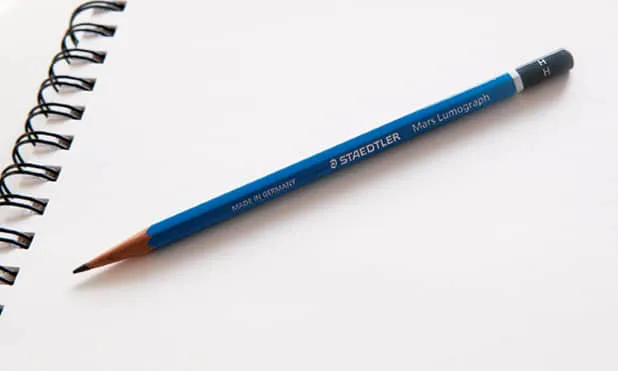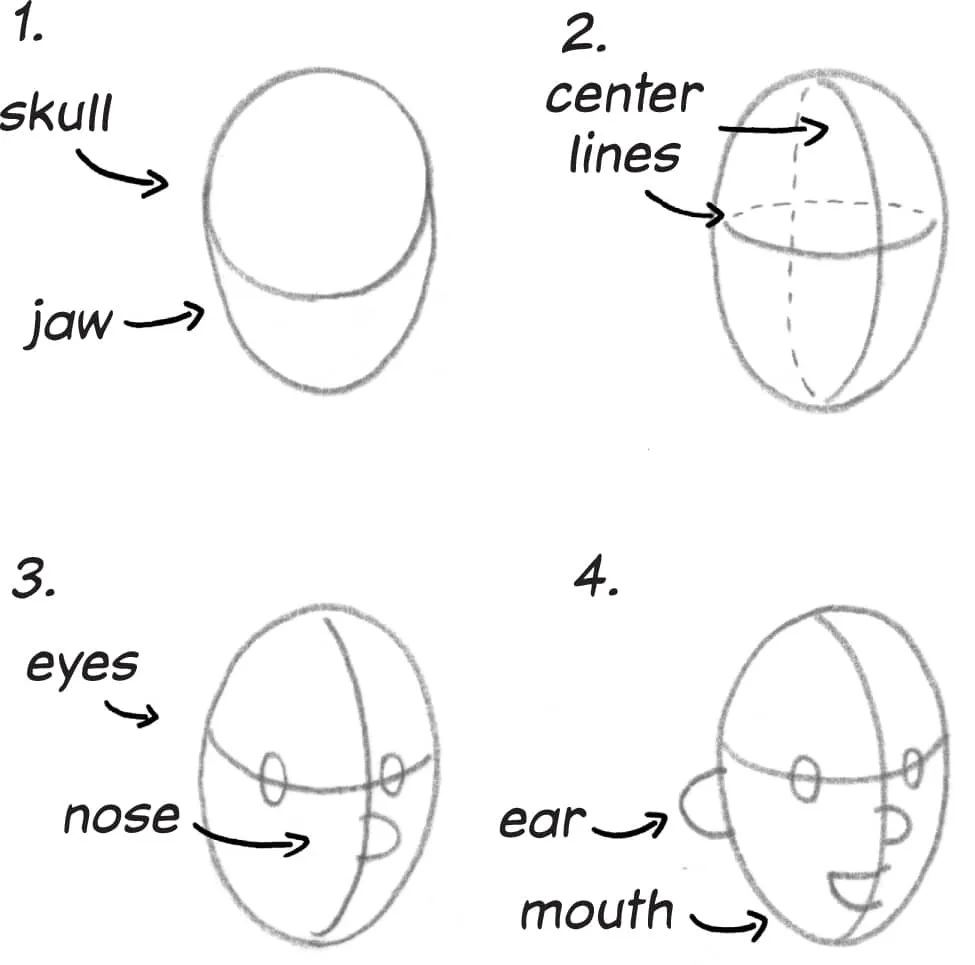
eBook - ePub
Available until 21 Apr |Learn more
Drawing Comics Lab
52 Exercises on Characters, Panels, Storytelling, Publishing & Professional Practices
- 136 pages
- English
- ePUB (mobile friendly)
- Available on iOS & Android
eBook - ePub
Available until 21 Apr |Learn more
Drawing Comics Lab
52 Exercises on Characters, Panels, Storytelling, Publishing & Professional Practices
About this book
Do you dream of becoming a comic artist? Drawing Comics Lab covers all of the basic steps necessary to produce a comic, from the first doodle to the finished publication.
This easy-to-follow book is designed for the beginning or aspiring cartoonist; both children and adults will find the techniques to be engaging and highly accessible. Featured artists include:
- James Sturm
- Tom Hart
- Jessica Abel
- Matt Madden
- Eddie Campbell
- And many others
Featuring 52 exercises meant to jump-start your creativity, this book will guide you toward effective ways to tell stories visually. It offers tips for creating and building characters, creating panels, storytelling, publishing and establishing good professional practices. Start your comic adventures today with Drawing Comics Lab!
Frequently asked questions
Yes, you can cancel anytime from the Subscription tab in your account settings on the Perlego website. Your subscription will stay active until the end of your current billing period. Learn how to cancel your subscription.
At the moment all of our mobile-responsive ePub books are available to download via the app. Most of our PDFs are also available to download and we're working on making the final remaining ones downloadable now. Learn more here.
Perlego offers two plans: Essential and Complete
- Essential is ideal for learners and professionals who enjoy exploring a wide range of subjects. Access the Essential Library with 800,000+ trusted titles and best-sellers across business, personal growth, and the humanities. Includes unlimited reading time and Standard Read Aloud voice.
- Complete: Perfect for advanced learners and researchers needing full, unrestricted access. Unlock 1.4M+ books across hundreds of subjects, including academic and specialized titles. The Complete Plan also includes advanced features like Premium Read Aloud and Research Assistant.
We are an online textbook subscription service, where you can get access to an entire online library for less than the price of a single book per month. With over 1 million books across 1000+ topics, we’ve got you covered! Learn more here.
Look out for the read-aloud symbol on your next book to see if you can listen to it. The read-aloud tool reads text aloud for you, highlighting the text as it is being read. You can pause it, speed it up and slow it down. Learn more here.
Yes! You can use the Perlego app on both iOS or Android devices to read anytime, anywhere — even offline. Perfect for commutes or when you’re on the go.
Please note we cannot support devices running on iOS 13 and Android 7 or earlier. Learn more about using the app.
Please note we cannot support devices running on iOS 13 and Android 7 or earlier. Learn more about using the app.
Yes, you can access Drawing Comics Lab by Robyn Chapman in PDF and/or ePUB format, as well as other popular books in Art & Art Techniques. We have over one million books available in our catalogue for you to explore.
Information
UNIT 1
You’ve Got Character
TO TELL A GOOD STORY, you need to know your characters well. Any good writer is familiar with their characters’ desires, histories, and weaknesses. Cartoonists need to know this, too, but they also need to know the shade of the character’s head, the curve of his spine, or the way that she smiles. Sketching your characters, over and over, is one way to get to know them well.
When you first draw a character, it probably won’t go quite right. That’s okay—you’ve only just met. Good relationships grow over time. As you sketch your characters, not only will you get a better understanding of what they look like, but you’ll also get a better understanding of who they are.


Materials

• paper
• pencil
• pen
Have you ever looked at the crisp lines in a comic book and wondered: How did they do that? How did they get the lines to look just right? Chances are, the cartoonist did a lot of underdrawing. Underdrawing is a sketching method. Using lines and basic shapes, you will quickly doodle a character. Refine the drawing by erasing the mistakes. The ink line goes last, and you only ink the lines you want.

Tips of the Trade
Don’t worry if your underdrawing looks sloppy. Sometimes, you have to draw a lot of bad lines to the find the good ones.
Let’s Go!

Drawing cartoon characters is a lot easier if you start with basic shapes. Building your drawing from shapes will ensure that it appears three-dimensional. And your character will look more consistent, panel to panel, if you always use the same building blocks to start your drawing.
1. Start with a circle. Think of this circle as the skull of your character’s face. Next, you need to draw the jaw. I have made my jaw an oval shape. You could use another shape, like a triangle or a square. Pick the shape that is best for your character.
2. Draw two center lines across your face: one horizontal and one vertical. I have decided to draw this character in a three-quarter view, so the vertical center line is on the right side of the face.
Think of your drawing as a three-dimensional object, not as lines on paper. Your center lines should follow the contour of the face. Drawing your center lines is like drawing lines across the surface of an egg.
3. Your center lines are guideposts that tell you where to draw the features of your face. Eyes fall in the center of the face, so I place them on my horizontal center line. I place the nose on the vertical center line.
4. Place other details like ears, mouth, and hair. Pay attention to how these details relate to one another. For example, the top of my character’s ear lines up with her eyes; the bottom of her ear lines up with her nose. Every time I draw her, I make sure the ears line up the same way.

Tips of the Trade
If your underdrawing is too scribbly it can be difficult to ink. Over-penciling can tear up the surface of your paper, and too much graphite ...
Table of contents
- Cover
- Title Page
- Contents
- About This Book
- Unit 1 You’ve Got Character
- Unit 2 Page Building
- Unit 3 Storytelling
- Unit 4 Materials and Techniques
- Unit 5 Publishing
- Unit 6 Living the Dream
- Contributors
- About the Author
- Acknowledgments
- Dedication
- Copyright Page